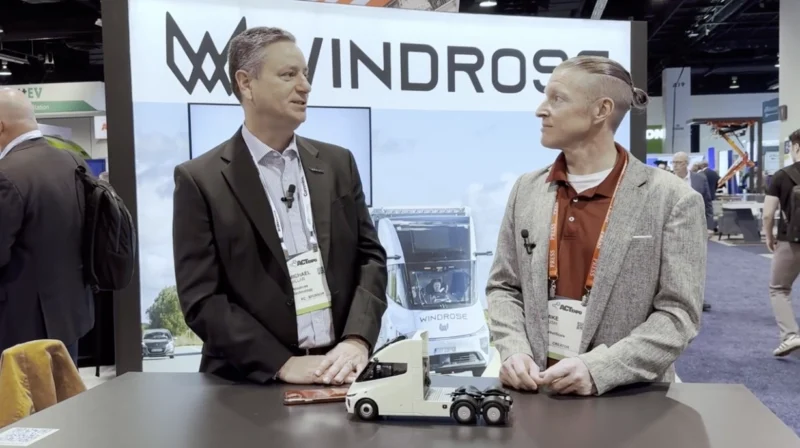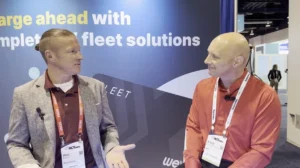5 Steps to Eliminating Noise in Your RV
Most drivers know a loud and persistent noise is the first sign of a problem with a vehicle. Having a noisy RV can be a sign of wear, and unless you enjoy being heard on the road, these noises can be bothersome. Driving an RV should be relaxing, allowing you to feel at peace as you curve through the many miles. Refurbishing your RV to eliminate noise is budget-friendly and easy to do. Here are 5 steps to achieving peace on the road.
- Diagnose the source.
From the captain’s chair, most noise is difficult to place. Have a friend or family member take the wheel while you sit in the cabin. Listen for rattles, jingles, and knocks, paying special attention to the type of material the noise seems to be coming from. While stationary or driving in an empty parking lot, do the same for the outside of the vehicle.
- Remove knocks and rattles inside the cabin.
Ensure that your items are packed away tightly. Time can loosen the cabinet doors, and their movement can rattle incessantly. Check if any appliances are leaving room to play between their components, such as the oven door and the oven itself. A small towel or bungee cord can keep things secured.[1] A quick check on the felt strips that keep the doors from banging in their frames can save riders from headaches. If necessary, reapplying these strips is inexpensive and simple.
- Check the engine.
Although it’s one of the noisiest parts of an RV, the engine is rarely an intrusive noise. If it is bothersome, some manufacturers offer tailor made insulation systems. Beyond regular maintenance, it is not recommended that you attempt to improvise noise reduction due to the risk of damaging your engine or hurting yourself.
- Inspect the water pump.
Unlike the engine, noise from the water pump is both intrusive and easily dealt with. Begin by checking if the unit is firmly secured to prevent simple rattling. “Demand” pumps, which are common across recent RV models, could require additional insulation between the pump and mount. From styrofoam to a spare mousepad, the materials only need to be pliable and firm. Next, consider investing in a pump silencing kit, which connect to the inlet and outlet ports. These kits are inexpensive and are available at many online retailers. A more involved solution is an accumulator tank, which attaches to the system and provides a cushion of air as well as additional volume. This reduces the noise of each cycle as well as the number of cycles necessary. Keep in mind that extra antifreeze will be needed each winter! Finally, basic foam insulators for pipes can be easily fitted, though most of the noise often comes from the unit itself.
- Consider the generator.
Undeniably one of the loudest parts of a stationary RV is the generator, which has a few solutions ready. For a quick fix, installing a muffler is easy and inexpensive. Its effectiveness isn’t at the top, but it won’t compromise the life of your generator. A “baffler box,” is a DIY project that is inexpensive and highly effective. Instructions are all over the web. Just make sure to measure the dimensions of your generator closely, as leaving no room for the unit to breathe can be disastrous. Keep in mind that a baffler box has the potential to reduce your generator’s life. Finally, upgrading your generator compartment with proper insulation and noise-canceling components can be a highly effective, more involved solution.[2] Be sure to keep your RV manual close by to monitor the guidelines.
The noise-canceling process in your RV is flexible. This gives you the freedom to decide how much labor and budget you want to invest to achieve a smooth and peaceful trip on the road. Many of these solutions are straight forward and do not require heavy duty installations, but when in doubt, always double check your vehicle’s manual.
To learn more about how to start your refurbishment journey, visit: https://genesisproductsinc.com/recreational-vehicles/
Read more at genesisproductsinc.com
[1] https://blog.coach-net.com/2017/03/07/reduce-the-rattle-tips-for-a-quieter-rv-ride/
[2] https://hamiltonsrv.com/blog/tips-for-quieting-your-rv-generator/









